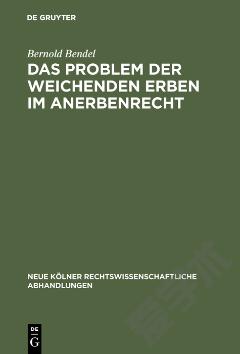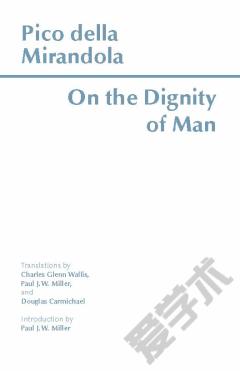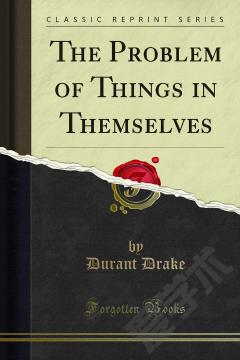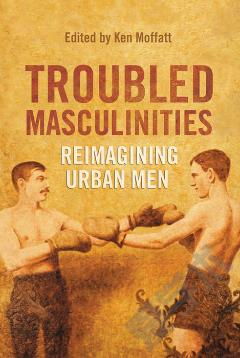The Solution to the 'Son of Man' Problem
The opening chapter surveys the history of scholarship regarding the problematic use of the phrase 'son of man' in the New Testament. It also explains why this problem could not be solved until recently. Casey then presents the relevant Aramaic evidence. He offers a careful discussion of the use of the Aramaic term 'son of man' in the light of over 30 examples of the use of this term by speakers who are referring to themselves. Chapters 4-9 discuss authentic examples of this idiom in the teaching of Jesus, with Aramaic reconstructions of each saying. All but one of these sayings is found in Mark or 'Q'. There is then a full discussion of secondary sayings in the Synoptic Gospels. The first ones dependent on Daniel 7.13 belong to the earliest Gospel, which also contains the results of translating genuine sayings of Jesus from Aramaic into Greek. There is a discussion of the transition process between authentic Aramaic sayings of Jesus and Greek 'son of man' sayings in the synoptic Gospels. This argument builds on work in the field of translation studies, and the work of ancient translators, especially of the Septuagint. Casey argues that Gospel translators deliberately translated both literally and creatively to produce a new Christological title. It is this tradition that is evident in the Fourth Gospel: its 'son of man' sayings fit perfectly into Johannine theology. The final chapter draws together a complete solution to this difficult problem.
{{comment.content}}








 京公网安备 11010802027623号
京公网安备 11010802027623号